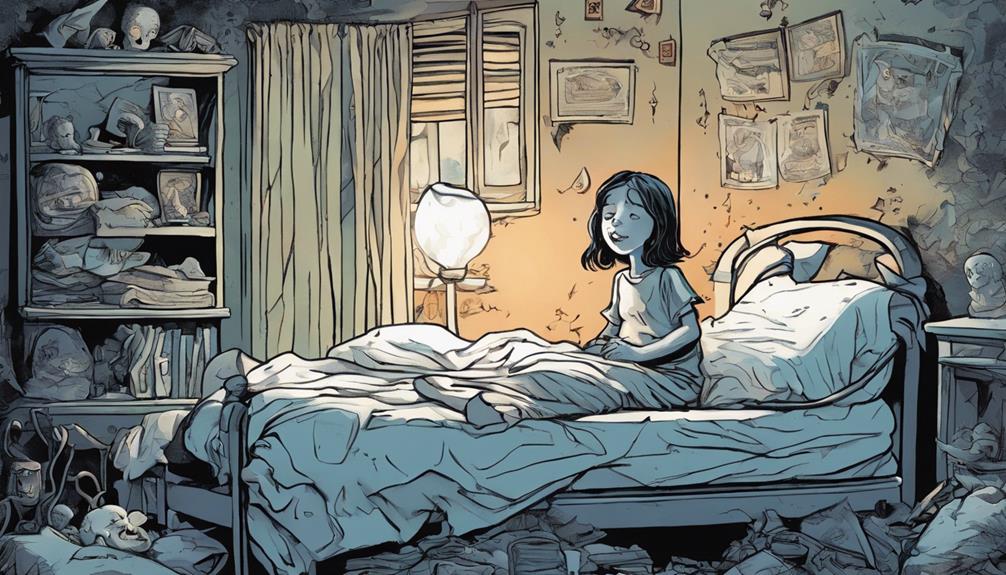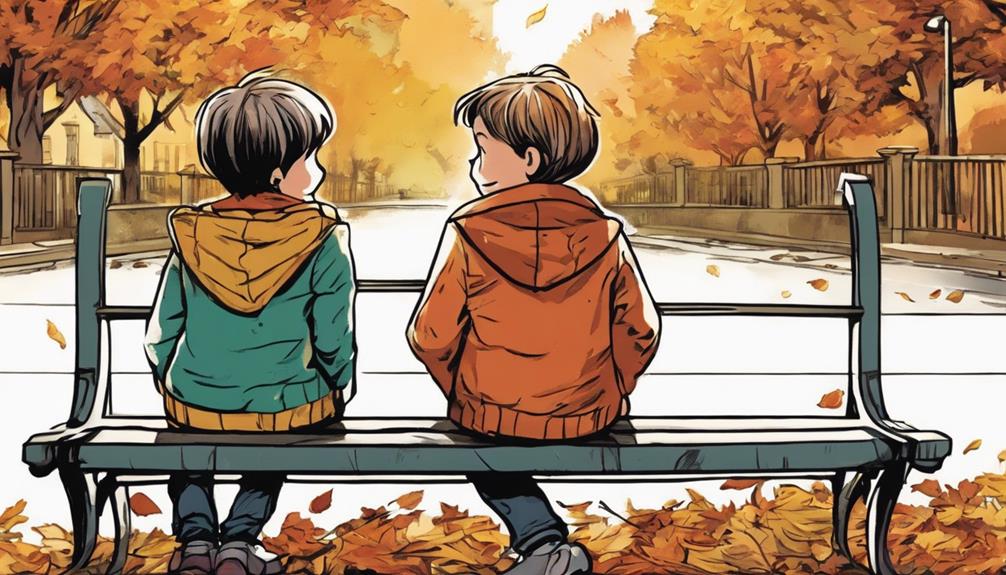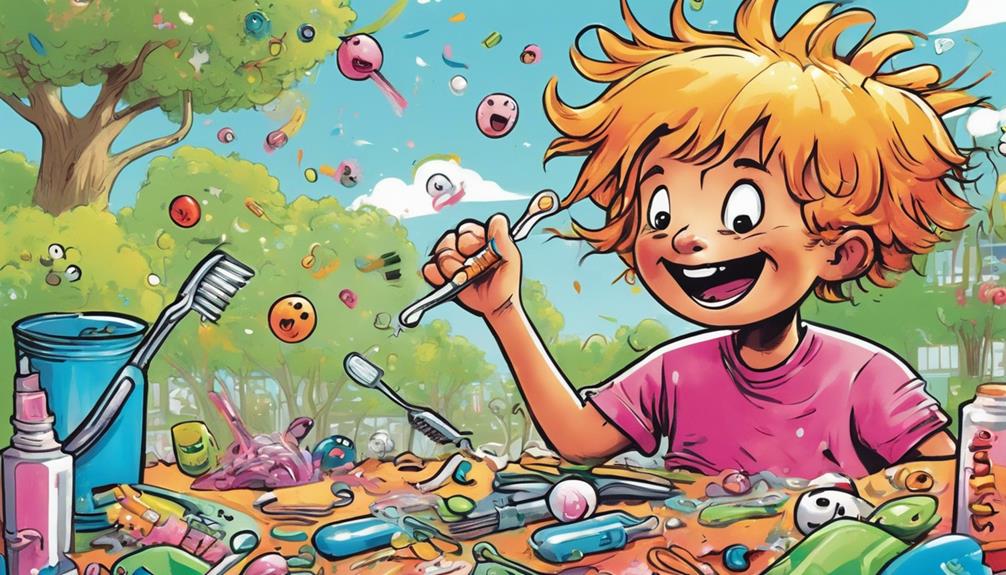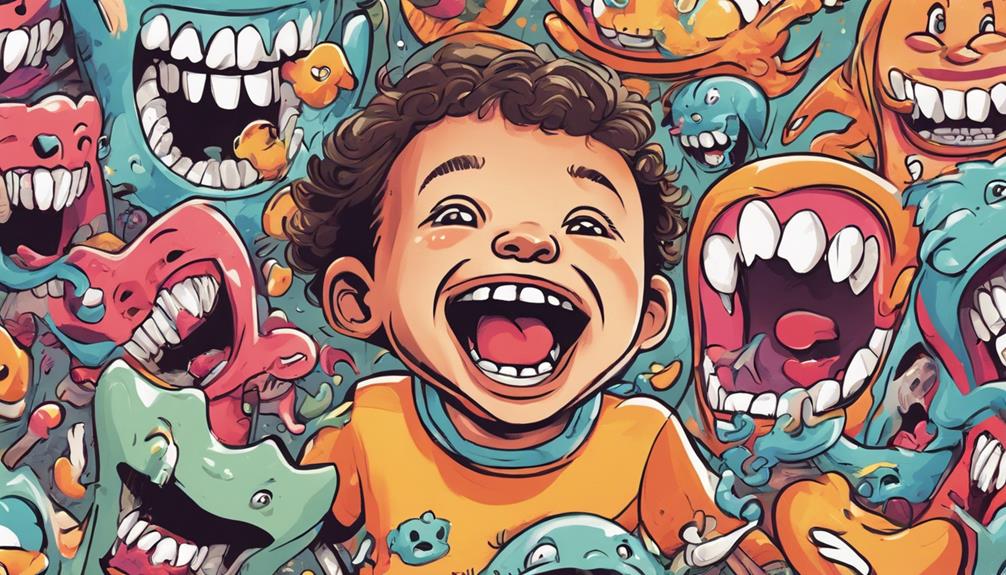Yes, Babyteeth is indeed a movie. Directed by Shannon Murphy, this Australian film tells the touching story of Milla, a terminally ill teenager, as she navigates love and complex family dynamics. The film blends comedy and drama, showcasing Milla's relationship with Moses, a drug dealer, amidst her health struggles. With a runtime of 1 hour and 58 minutes, it's received positive reviews for its emotional depth and unique storytelling. Critics have praised its authentic approach to serious themes like illness and love. If you're curious about the film's impact and critical reception, you'll find even more insights ahead.
Key Takeaways
- Babyteeth is an Australian film directed by Shannon Murphy, marking her feature debut.
- The film centers on Milla, a seriously ill teenager navigating love and family dynamics.
- It is based on a stage play by Rita Kalnejais, exploring unconventional relationships.
- The runtime of Babyteeth is 1 hour and 58 minutes, blending comedy and drama.
Overview of Babyteeth

'Babyteeth' is a poignant Australian film that explores the tumultuous journey of a seriously ill teenager, Milla, as she navigates love and family amidst her health struggles. Directed by Shannon Murphy, this film marks her impressive feature debut, showcasing her unique storytelling style.
Based on Rita Kalnejais' stage play, 'Babyteeth' investigates Milla's complex relationship with Moses, a drug dealer who brings both excitement and chaos into her life.
With a runtime of 1 hour and 58 minutes, the film artfully blends comedy and drama, engaging viewers with its emotional depth. You'll find notable performances from Eliza Scanlen as Milla, alongside Toby Wallace as Moses, and Ben Mendelsohn and Essie Davis portraying her concerned parents.
The film has received a mixed but generally positive critical reception, with an IMDb rating of 7.2/10, highlighting its ability to resonate with audiences.
Key Themes Explored

The film explores love as a transformative force, particularly through Milla and Moses' relationship that challenges societal norms. Their connection defies expectations, demonstrating how love can flourish even in the face of adversity. Milla's battle with cancer adds a poignant backdrop, influencing their choices and deepening their bond. This illness shapes not only their relationship but also their perspectives on life and mortality, emphasizing the urgency to embrace love and joy despite uncertain futures.
Moreover, the film investigates family dynamics, showcasing the tension between Milla's desire for independence and her parents' protective instincts. You see how this struggle reflects a universal theme of adolescence, where the quest for freedom often clashes with parental expectations.
Additionally, 'Babyteeth' highlights the absurdity of life, reminding you that moments of joy can persist even amid tragedy. It challenges traditional portrayals of illness in romance, opting for a raw and authentic exploration of teenage experiences.
Character Relationships

Milla's relationship with Moses serves as a catalyst for her personal growth, blending the innocence of first love with the harsh realities of her terminal illness.
As Milla navigates her feelings for Moses, a drug dealer with a carefree spirit, she experiences both chaos and grace. This connection allows her to grasp fleeting moments of joy, contrasting sharply with her serious health challenges.
In the backdrop, Milla's parents, Henry and Anna, struggle with their own tumultuous relationship. Their differing responses to Milla's illness create tension, showcasing the conflict between protection and the natural desire for independence.
While Milla seeks freedom and experiences young love with Moses, her parents often react with concern, leading to strained dynamics.
These character relationships highlight the complexities of love and rebellion during adolescence. Milla's bond with Moses not only propels her personal journey but also reflects the broader themes of familial love and the inevitable clashes that arise when parents grapple with their child's choices.
Each character adds depth to the narrative, enriching the exploration of how love shapes and complicates relationships in the face of life's harsh realities.
Critical Reception Highlights

Critics have largely embraced 'Babyteeth,' highlighting its emotional depth and unique storytelling approach. With an IMDb rating of 7.2/10 from around 19,000 ratings, it's clear the film struck a chord with many.
Tim Robey from the Daily Telegraph gave the film a perfect 5/5, particularly praising the performances, including that of Ben Mendelsohn. He captured the nuances of his character, contributing greatly to the film's impact.
Wendy Ide from the Observer echoed this sentiment, describing the filmmaking as 'reckless and exhilarating' and also scoring it a 5/5. This level of acclaim underscores the film's bold narrative choices and character arcs.
Serena Seghedoni from Loud and Clear Reviews rated it 4/5, commending its honesty and fun, which adds to the overall positive reception.
However, audience feedback has been mixed. While some viewers found the film heart-wrenching and poetic, others criticized it for perceived lack of substance and unresolved plot angles.
Despite these varying opinions, the critical highlights affirm 'Babyteeth' as a notable entry in contemporary cinema, showcasing strong performances and a fascinating story.
Film's Unique Approach

Exploring multiple perspectives, 'Babyteeth' enriches its narrative by intertwining humor and unexpected relationships, making its emotional core resonate deeply. This unique storytelling approach sets it apart from typical cancer narratives, allowing viewers to connect with the characters in a profound way.
Here are three key elements that highlight its distinctive style:
- Character Dynamics: Milla's rebellious spirit against her parents adds layers to the story, illustrating the chaotic nature of teenage emotions amidst illness.
- Humor and Tragedy: The film integrates humor seamlessly, allowing the tragic elements to feel relatable and authentic rather than clichéd.
- Transformative Relationships: Adapted from Rita Kalnejais's stage play, the screenplay focuses on the transformative power of love and desire, avoiding the predictable tropes often associated with illness.
Shannon Murphy's confident direction balances chaos and grace, reflecting life's absurdity. This approach not only captivates the audience but also invites them to reflect on the complexities of human connections in challenging times.
Frequently Asked Questions
What Is the Movie Babyteeth About?
'Babyteeth' tells the story of Milla, a sick teenager steering through first love with Moses, a drug dealer. The film explores love, illness, and family dynamics, capturing emotional depth amid life's fleeting moments and challenges.
Is Babyteeth a Good Movie?
You'll find that Babyteeth captures the bittersweet essence of life beautifully. Its emotional depth and stellar performances might tug at your heartstrings, so many viewers think it's indeed a worthwhile cinematic experience worth exploring.
Where Is the Babyteeth Movie Set?
You'll find “Babyteeth” set in suburban Australia, primarily around Sydney. The vibrant locations, like Milla's home and her rebellious hangouts with Moses, enrich the story, showcasing the beauty and complexity of teenage life and relationships.
What Play Is Babyteeth Based On?
You're looking at "Babyteeth," which is based on a stage play by Rita Kalnejais. The play showcases Milla's journey through her illness, exploring love, loss, and family dynamics, just like the film adaptation.
Is the Movie “Baby Teeth” Related to the Age When Baby Teeth Fall Out?
Yes, the movie “Baby Teeth” is not related to the age baby teeth fall out. The film tells the story of a terminally ill teenage girl who falls in love with a drug dealer. It explores themes of love, adolescence, and family dynamics. It’s a heartfelt and emotional coming-of-age story. The movie delves into the complexities of the protagonist’s relationships with her parents, particularly her mother, as they navigate her illness and her unconventional romance. It’s a poignant portrayal of how families come together in the face of adversity. Additionally, the film also touches on the protagonist’s struggle with baby grinding teeth, adding another layer of her physical and emotional pain. Overall, “Baby Teeth” is a moving and thought-provoking film that delves into the raw and honest aspects of life and love. The film also skillfully portrays the protagonist’s internal turmoil as she grapples with her own mortality and the uncertainty of her future. Throughout the movie, the audience is taken on a journey of self-discovery and personal growth, as the characters navigate their own fears and desires. It’s a deep and multi-layered exploration of the human experience, touching on universal themes of hope and resilience. And while “Baby Teeth” doesn’t delve into the tooth fairy’s financial secrets, it does offer a poignant and touching portrayal of the human spirit.
Conclusion
In 'Babyteeth,' you find yourself swept away by the unexpected twists of fate that intertwine the characters' lives.
Just when you think you've figured it all out, a coincidence reveals deeper connections, leaving you both surprised and satisfied.
The film's raw exploration of love, loss, and resilience resonates long after the credits roll.
You'll realize that sometimes, the most beautiful stories emerge from the most unlikely encounters, reminding you that life, much like this film, is full of surprises.









